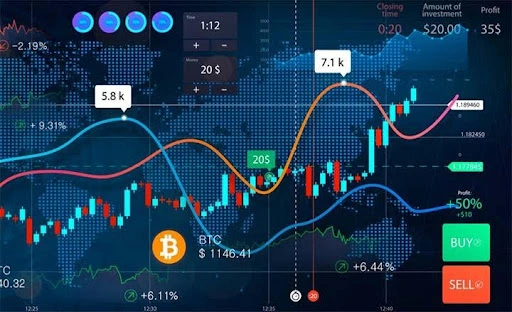Decoding Unusual Options Activity and What It Means for Traders
By: Sensa Team
Posted: Sep-08-2025
If you are into options trading, then you must have noticed many times that the number of contracts being bought or sold suddenly jumps much higher than usual. You must be wondering what this is and how it happened. Let us tell you that this is called an unusual options activity.
This shows where big investors are investing their money. If you are a beginner and learning options trading, then researching and gaining knowledge about this unusual options flow can prove to be very beneficial for you. If you get the knowledge or understand how this works, you can understand the market better.
Let’s dive deeper and know more about this in detail.
What is Unusual Options Activity?
Normally, every stock has an average number of options traded each day. Let’s say a company usually has 5,000 option contracts traded daily. If one day the volume suddenly jumps to 50,000 contracts, that is considered unusual.
If you suddenly see these big changes, you should understand that something big is going to happen in the market. Some big news could come out, some company’s earning report could be released, etc.
Unusual activity, on the other hand, does not always indicate that the stock will move up or down. Sometimes, big investors trade options for no other reason than to safeguard their holdings; they do not anticipate a significant movement in the market.
Why Do Traders Care?
Unusual options flow is important because:
- It can be an early sign of news. Big traders often act before the general public knows what’s going on.
- It shows what large investors are doing. Institutions and professional traders often make these big trades, so following them can give clues.
- It reveals interest in a stock even when stock trading looks quiet. Sometimes the options market reacts first.
But remember, unusual activity is not a sure signal. It should make you curious and encourage you to look deeper, not jump into trades right away.
How Traders Track It?
Nowadays, there are many AI scanners and options trading applications available in the market that can tell about unusual options trading in real time. Through these tools, you will get information about when and how high the option price of which stock has gone.
For example, some apps let you filter trades by size, expiration date, or type of contract. This helps you see whether unusual trades are short-term bets or longer-term positions. If you are learning to trade options, starting with one of these applications can make things easier to follow.
How to Read the Signals?
Here are some simple ways to make sense of unusual activity or learn to trade options:
- Compare volume to open interest. Open interest is the number of contracts that already exist. If today’s volume is much higher, it usually means new positions are being opened.
- Check what’s happening with the stock. Was there company news, earnings, or a market update? Without context, the activity might not mean much.
- Look at the type of options. Lots of calls may suggest bullish bets, while many puts may suggest bearish bets. Still, sometimes they are used for protection rather than pure speculation.
- Be careful with assumptions. Not every big trade is a hidden signal. Some are simply large investors managing risk.
What’s Happening in the Market Now?
Numerous zero-day options, which are options with a very short duration and expiration date on the same day, have recently gained a great deal of popularity. More than half of the options that are traded in some markets now comprise them. To place rapid bets, a large number of retail traders, who include everyday people like you and me, utilize them.
It is a little more difficult to interpret the odd options activity as a result of this trend. The surges in activity may be little more than speculation for the short term rather than significant wagers for the long run.
Final Thoughts
When a stock’s option trading occurs at a much greater level than is typical, this is an example of unusual options activity. As a result, it may provide early indicators to traders about potential movements in the stock.
Keeping track of this activity and beginning to understand how to apply it in your own study may be accomplished with the assistance of an application that specialises in options trading.
In the event that you are still in the process of learning how to trade options, you should consider unusual behaviour to be a signal to ask more questions rather than a motivation to rush into trading. Look for the narrative that lies behind the data at all times. Over time, gaining a grasp of anomalous options movement may assist you in making trading judgments that are both more intelligent and more self-assured.